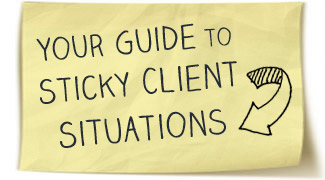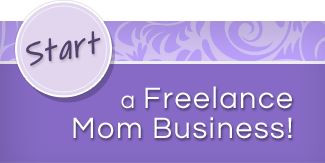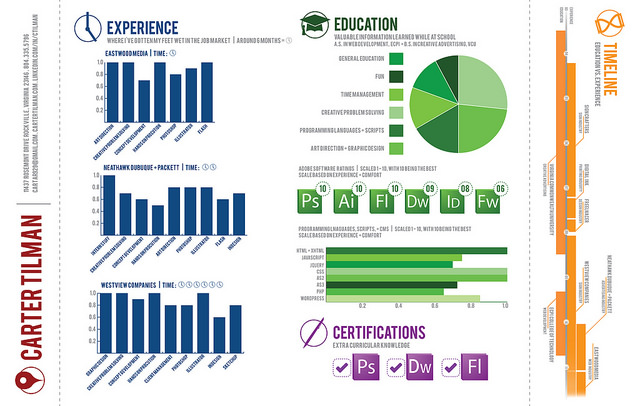
When you’re looking for a traditional 9-to-5 job, it would be madness to go around applying for jobs without a resume. Even if you landed an interview based on a recommendation, most HR policies couldn’t set you up in their system to even schedule an interview without inputting your resume.
Freelancing is so far in the opposite direction that it can seem even more crazy at times. You can land work and get paid thousands of dollars without even having an address or sometimes even phone number for your client!
Are Resumes Obsolete in the Freelance World?
This begs the question, do you actually need to have a resume to succeed as a freelancer today?
We delved into this a little in last week’s post looking at the five must-have elements of your personal marketing toolkit, but the short answer is: it depends.
While many Freelance Moms go about their work lives very successfully without ever needing to produce a traditional resume or CV, there are certain situations you usually can’t get away without one:
- Contract work with large corporations
- Government contracts
- Work with non-profits or other small board-run organizations
- Gigs on online job boards
Having a website showing your past work can only get you in the door in situations where the traditional route is required.
But how do you mold non-traditional work experience into an old-school resume structure?
Paradoxically, the best way to present your freelance experience in resume form is to take a cue from the corporate world, where huge firms like McKinsey have been marketing their highly paid consultants to clients through their resumes for years.
Let’s look at some resumes of freelancers and consultants to see how you can put together your own.
How Should You Structure a Freelance Resume Differently Than a Traditional Resume?
The secret is to take a topical approach to setting up your resume rather than the typical chronological format.
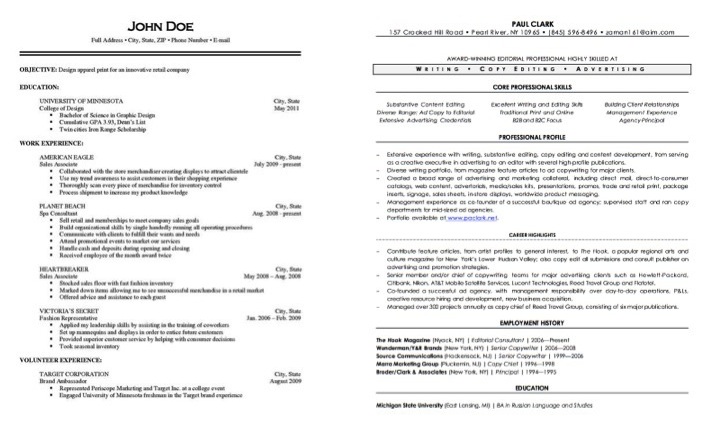 The traditional resume is on the left, and when you look at them side by side, you can see that the topical approach can look busier, but that is because it’s made to stop your eye in more places than the traditional organization, which primarily only highlights job titles and company names.
The traditional resume is on the left, and when you look at them side by side, you can see that the topical approach can look busier, but that is because it’s made to stop your eye in more places than the traditional organization, which primarily only highlights job titles and company names.
From the top on down, several key changes contribute to this aesthetic that showcases your broad experience with clients rather than specific “positions” while showing why each entry on your resume is an asset to your prospective client.
1. Wow Them From the Start
While creating your resume, always keep in mind: why do companies bring in outside help?
You are showing that you offer something their employees do not, and more often than not, that means experience with different clients, different project environments, different software or a likewise broader background than what narrowly-focused internal staff can offer.
So it’s important to flip the skills, software, and certifications or memberships section to the top, as these are much more important to see early on in a freelance resume than in a traditional one:
3. Name Drop Proudly
Once you’ve established that you’ve got the skills, you want to give your prospective client some social proof.
While the traditional resume showcases the companies you’ve worked for along with the specific work you’ve done for them, that can make for an incredibly long freelance resume.
Below your skills, software, and qualifications, add a box showcasing the most noteworthy client names you can.
Don’t have any clients yet? Don’t worry! Name drop companies you’ve worked for or volunteered with before you started freelancing.
4. The Heart of the Matter: Profile Your Projects
Showcasing the actual client work you’ve done is both the trickiest and best part of a freelance resume.
How much work you’ve done will dictate how you organize this section:
- If you’ve been in the game for a while, pick not only your most high-profile projects, but also a set of projects to highlight that illustrates the full range of your services.
- If you’re newer, it’s easy to pick through the clients you’ve had and find the best ones to showcase.
- If you’re just starting out, you also can include projects you worked on at your previous job or things you’ve done for free as samples, such as your own blog or e-books.
For each project, take a few bullet points to explain the work completed, but then wrap up with several bullet points on the outcome for the client with statistics if possible: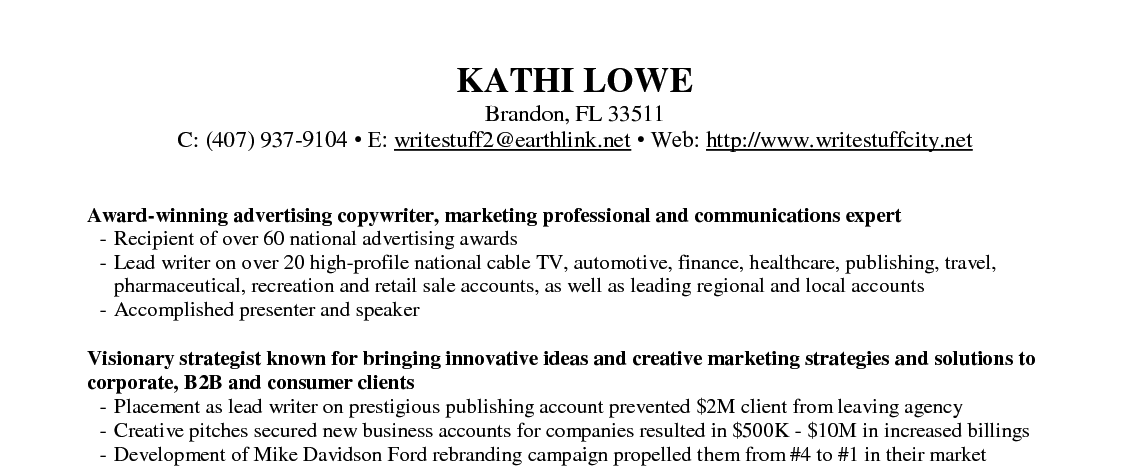
If you have a service-based freelance career that doesn’t exactly lend itself to a project-deliverable set-up, make each “project” entry a type of work you do (i.e. for coaches, it might be group coaching, individual coaching, corporate trainings).
As with traditional resumes, try to keep the whole thing to one page if possible for easy reading and filing.
Do you have a freelance resume? How is it structured?

